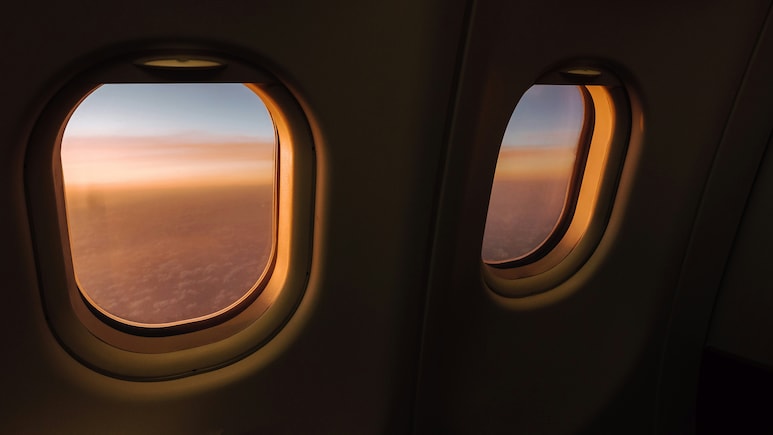
If you have ever flown on a commercial flight, you have probably heard the polite but firm request from flight attendants right before landing, “Please keep your window shades open.” At first, you might think it is a minor inconvenience, like what difference does it make if the shades are up or down? However, this small instruction is not about comfort. There is a major safety reason behind it. In fact, this is one instruction that every airline across the world follows. But why are flight attendants so adamant about keeping the window shades up? Let us find out.
Also Read: Visiting Pondicherry For The First Time? 6 Things You Cannot Miss
5 Reasons You Must Keep Window Shades Open During Landing:
1. Spot Emergencies Quickly
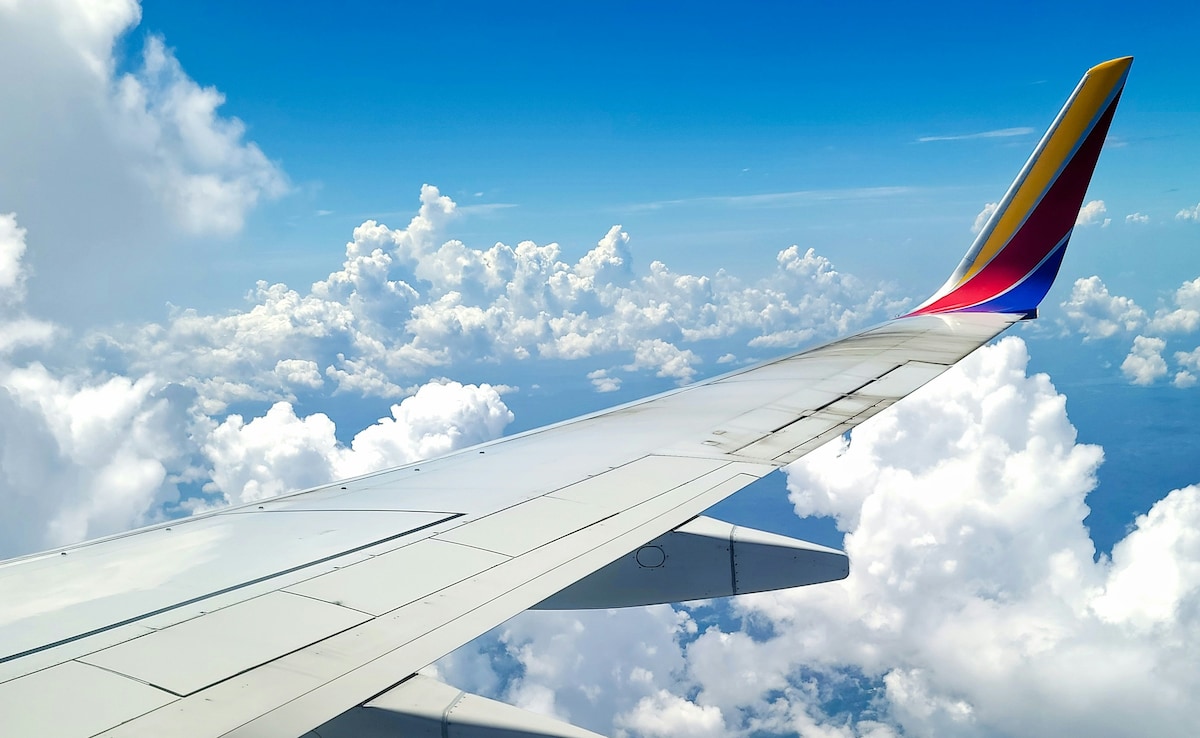
Photo: Unsplash
Takeoff and landing are the riskiest parts of a flight. When the shades are open, both passengers and the flight crew can quickly spot emergencies like smoke, sparks, or fire outside. If there is an emergency, knowing which side of the aircraft is safer for evacuation becomes critically important. Open shades give everyone a chance to react faster, rather than wasting precious seconds trying to figure out what is happening outside.
2. Crew And Passengers Remain Alert
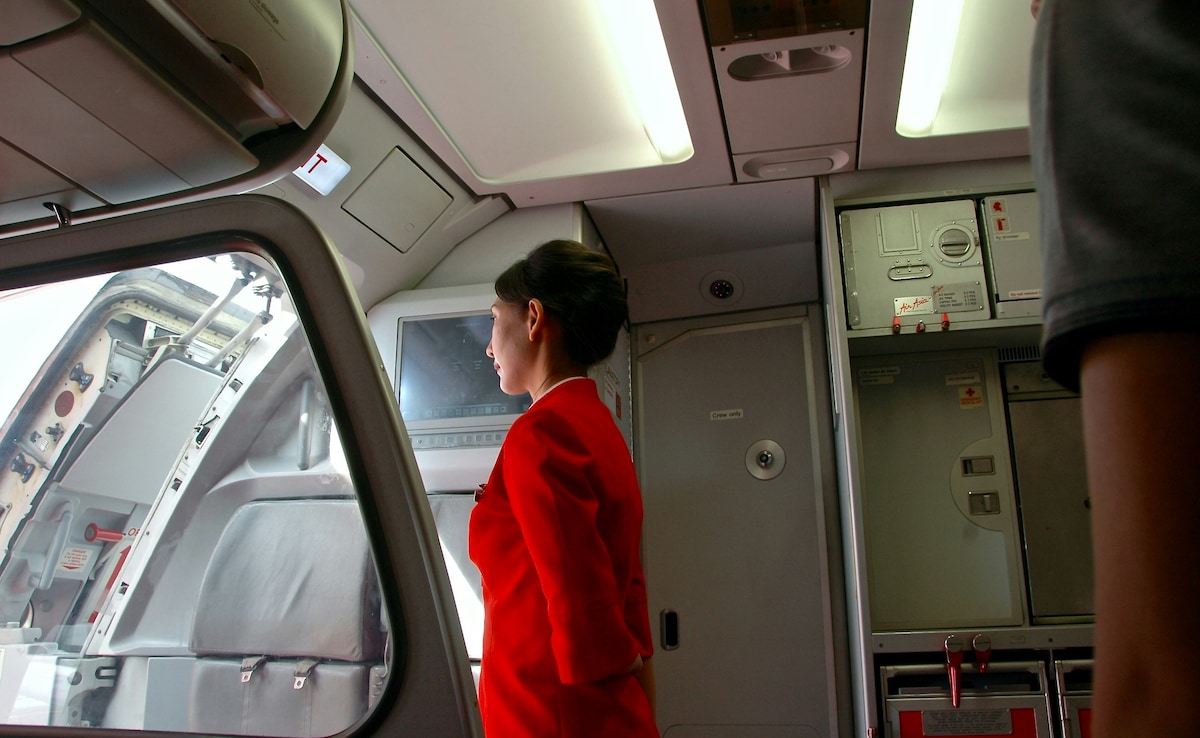
Photo: Unsplash
When shades are down, the cabin feels darker and cosier, which can make people drowsy or less attentive. Airlines keep shades open so passengers remain mentally alert during the most important stages of flight. Flight attendants also find it easier to scan the cabin and examine passenger reactions. This approach keeps everyone in “ready mode” rather than “relaxed mode.”
3. Prepare Your Eyes for Sudden Light
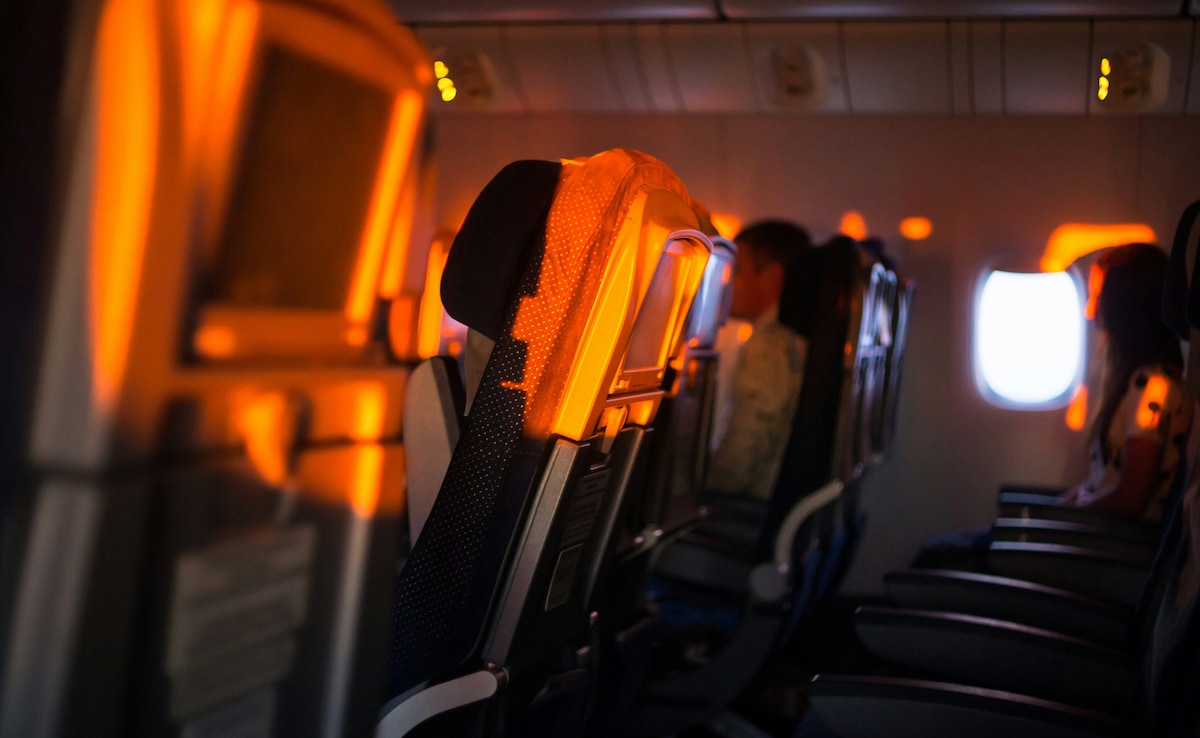
Photo: Unsplash
Imagine an aircraft landing in broad daylight and an emergency requiring immediate evacuation. If the shades were closed, passengers' eyes would take some time to adjust to the sudden brightness outside. Similarly, at night, open shades help adapt vision to the external environment. Quick adaptation of eyesight enables faster and less disorienting movement in case of evacuation.
4. See Which Exits Are Safe
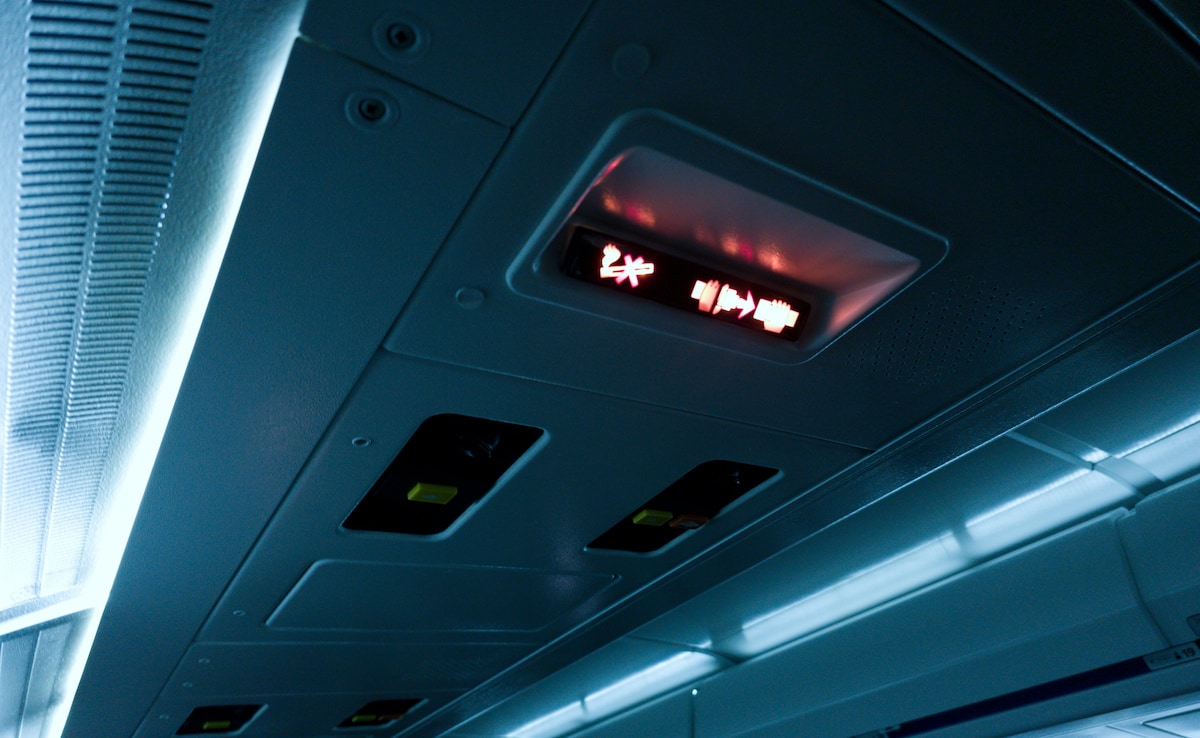
Photo: Unsplash
In a rare emergency landing, not all exits may be safe to use. For example, one side of the aircraft could be blocked by fire, smoke, or obstacles. Keeping shades open allows the cabin crew to instantly assess which side is safer for evacuation. Passengers can also see clearly outside and follow instructions confidently. This ensures smoother and quicker decision-making, avoiding confusion during high-pressure situations.
5. Follow International Aviation Rules
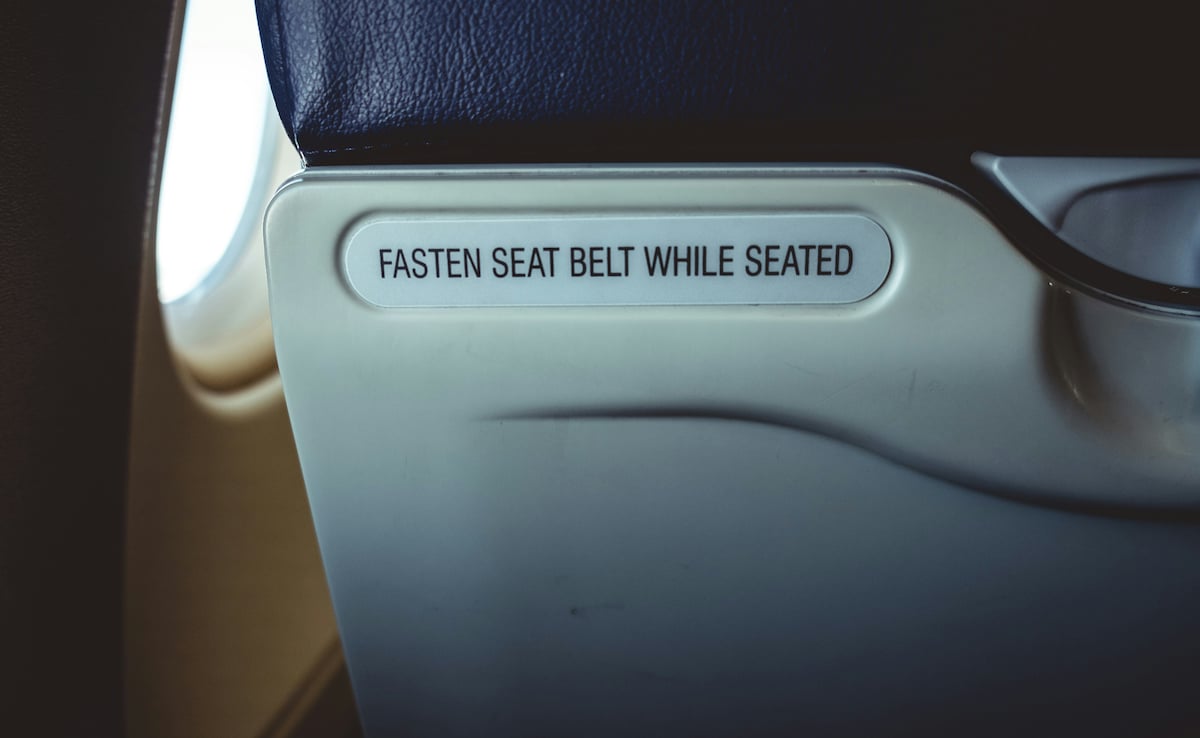
Photo: Unsplash
The open-shade rule is not unique to Indian airlines. It is a standardised international aviation protocol. Aviation authorities like the FAA (Federal Aviation Administration) and EASA (European Union Aviation Safety Agency) include this practice as part of overall safety measures. By making it a universal rule, airlines ensure that no matter where you fly, passengers and crew are trained to follow the same safety steps. It is one of those invisible layers of safety built into modern air travel.
Myths and Misconceptions About Window Shades
Many passengers think keeping shades open is purely about airline rules or comfort. Some believe it is so they can enjoy the view, or that the instruction only applies to takeoff. In reality, the request is a critical safety precaution designed to protect passengers in emergencies. Understanding this helps passengers comply without irritation and appreciate the reasoning behind the rule.
Common Questions About Keeping Window Shades Open
1. Why Are Cabin Lights Dimmed But Shades Kept Open?
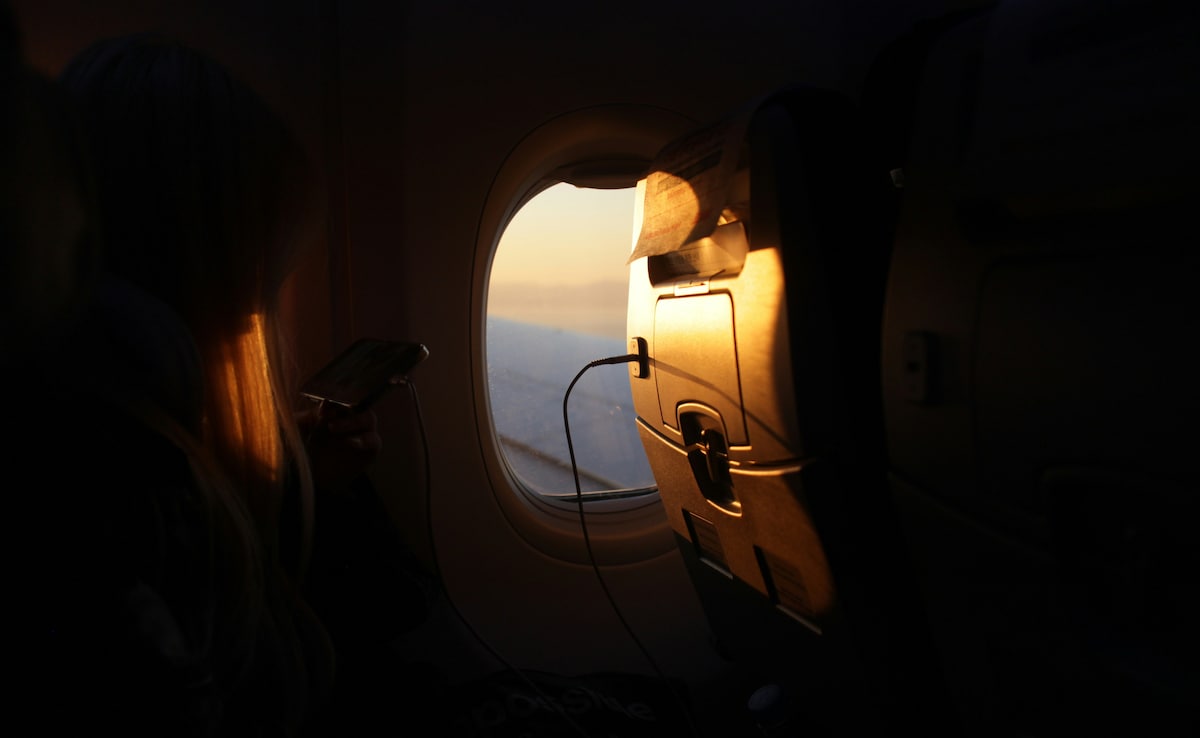
Photo: Unsplash
Cabin lights are dimmed so passengers' eyes naturally adjust to the light outside, while shades remain open so external conditions are visible. Together, these measures ensure passengers can evacuate quickly without being blinded or confused by sudden brightness or darkness.
2. Do All Airlines Follow This Rule?
Yes. While some airlines may phrase it as a “request,” it is in reality a mandatory part of safety checks. International aviation authorities emphasise that even if you are flying domestically in India or taking a long flight to Europe, the instructions will always be given.
3. What Happens If a Passenger Refuses to Open the Shade?
If someone resists, the cabin crew will firmly but politely insist. It is considered a safety compliance issue, similar to wearing a seatbelt. Crew members are responsible for ensuring every passenger follows the rules before landing.
4. Is the Rule Different for Night Versus Daytime Landings?
No, the rule is the same. During the day, shades help with spotting emergency situations and light adaptation, while at night, they allow external lights such as runway signals to be visible. Both scenarios require open shades for safety.
5. Do Middle-Seat and Aisle Passengers Also Benefit?
Yes. Even though middle and aisle-seat passengers do not have direct access to windows, they rely on those seated near windows to report anything unusual. During an emergency, all passengers and crew members benefit, not just those at the window.
Other Airline Safety Rules Explained
1. Why Must Seats Be Upright During Takeoff and Landing?
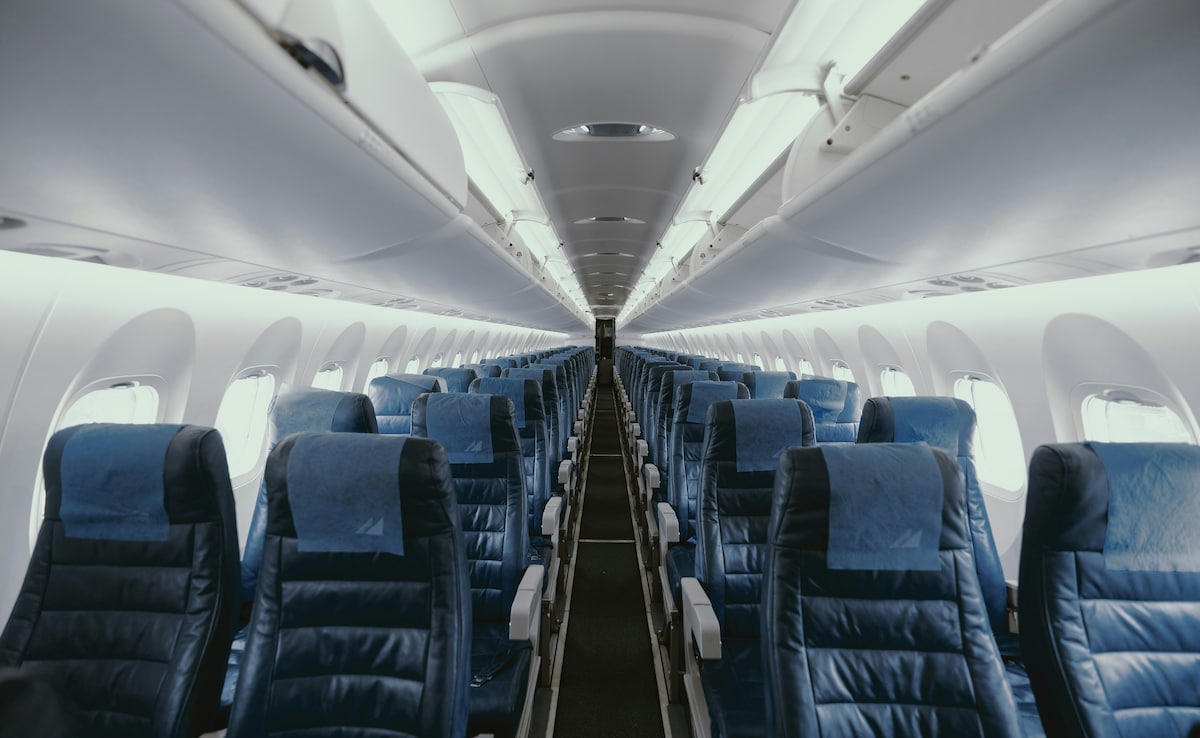
Photo Credit: Unsplash
During takeoff and landing, airline staff ask passengers to keep their seats upright for safety reasons. These phases are critical for emergencies, and upright seats allow for quick evacuation. Stowing tray tables and keeping belongings under the seat also helps maintain a clear path. This ensures your safety and that of fellow passengers in case of an emergency. It is a crucial precaution to prevent potential hazards.
2. Why Are Cabin Lights Dimmed Before Takeoff And Landing?
Before takeoff and landing, cabin lights are dimmed, and it is not just for ambience. This safety measure helps your eyes adjust to low-light conditions in case of emergency evacuation. If the plane experiences a sudden loss of power, dimming the lights beforehand allows your eyes to acclimate, enabling you to see clearly and evacuate the aircraft quickly and safely. This simple step can make a significant difference in a high-pressure situation.
Safety Statistics and Real-Life Examples
In past emergency landings, open window shades have assisted passengers and crew in quickly spotting hazards. Aviation reports note that clear external visibility has enabled faster decision-making during evacuations, reducing confusion and risk. These examples highlight that following seemingly small rules like keeping shades open can be life-saving.
Practical Tips for Passengers
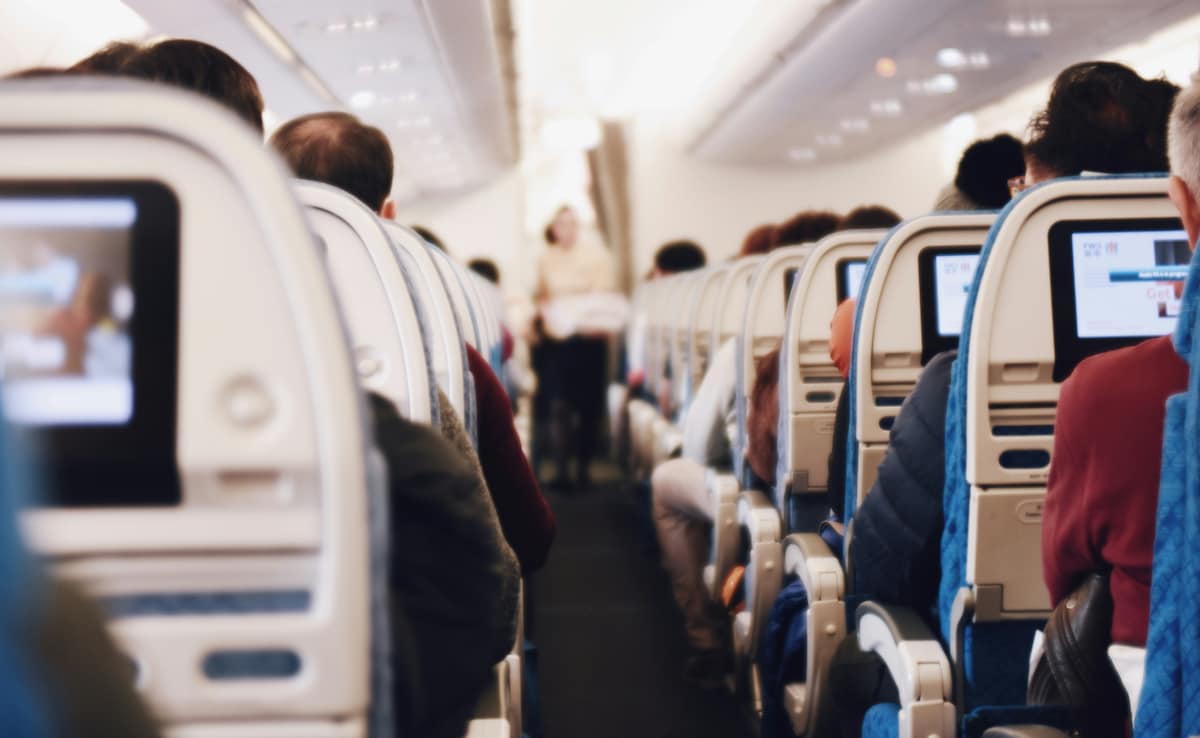
Photo: Unsplash
Passengers can follow this rule without inconvenience. Gently adjusting the shade, coordinating with seatmates, and paying attention to cabin crew instructions can make the process smooth. Understanding the safety purpose behind the rule helps passengers comply willingly and avoid last-minute delays.
Also Read: Skip Paris, Dubai, And Ibiza: 7 Destinations That Offer Luxe Experiences Without Overspending
Linking Safety Measures Together
Keeping window shades open is one part of several small safety measures, including upright seats, stowed tray tables, seatbelt usage, and dimmed lights. Together, these measures form an integrated safety system designed to protect passengers during the most critical phases of flight. Recognising this connection helps passengers see the broader reasoning behind airline instructions.
So, the next time you are asked to keep the window shades up, remember it is for your own safety and the safety of everyone on board.
Track Latest News Live on NDTV.com and get news updates from India and around the world

